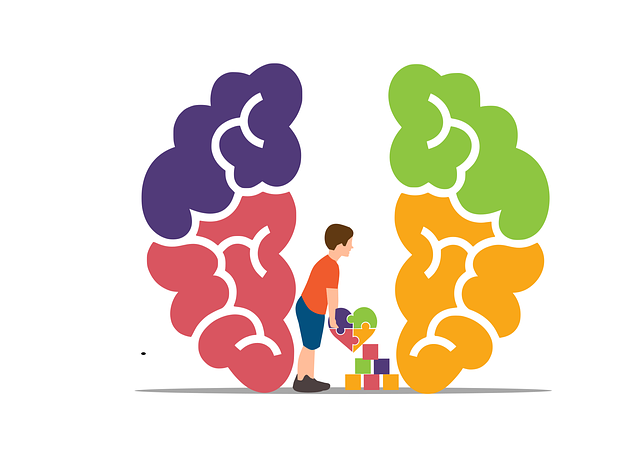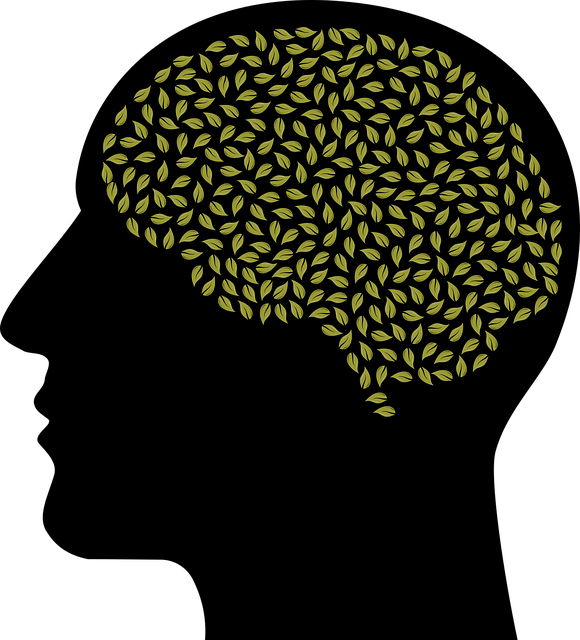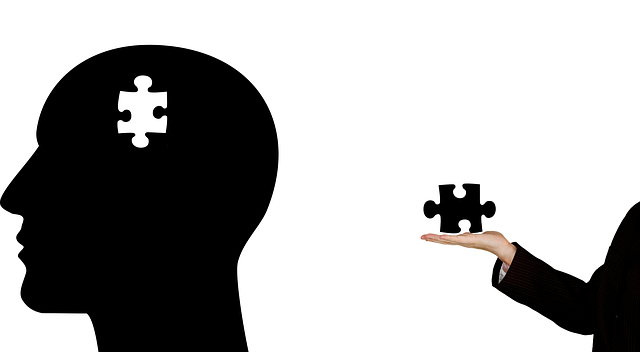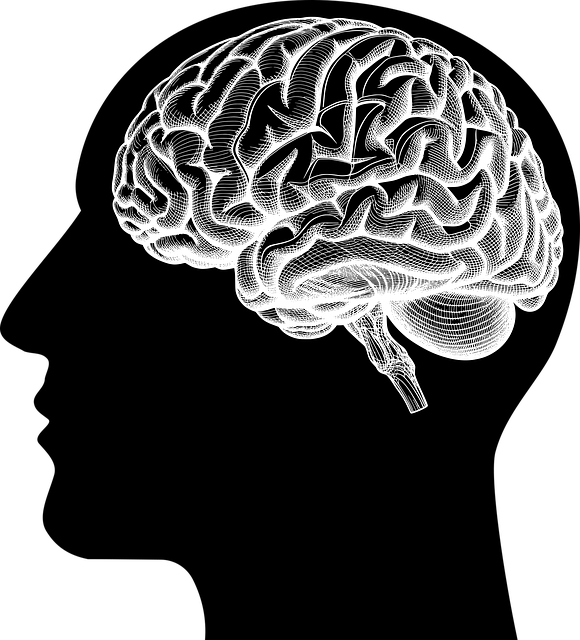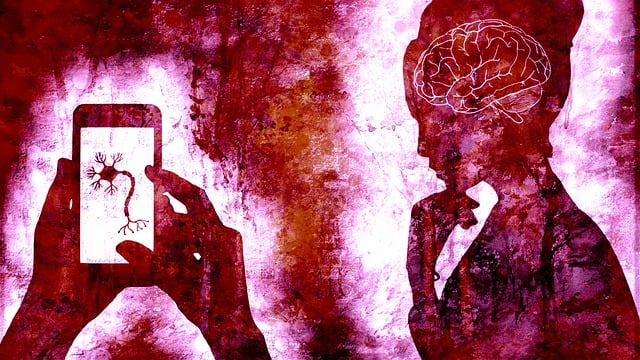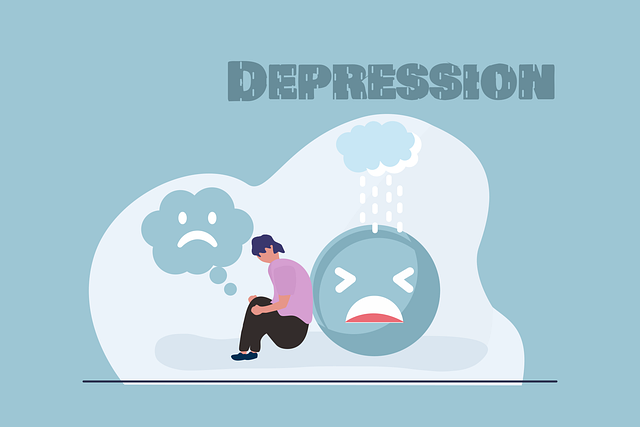Elders experiencing panic disorder and anxiety attacks face unique challenges, exacerbated by retirement, health concerns, and social isolation. Effective therapy for elders with panic disorder and anxiety attacks includes specialized care like cognitive-behavioral therapy (CBT), mindfulness meditation, and support groups. Empathy-building techniques, open communication, and family involvement are crucial in navigating this complex process. Key steps involve risk assessment, burnout prevention, and collaborative decision-making to ensure tailored treatment plans that empower seniors to manage their mental well-being.
Mental illness diagnosis and treatment navigation can be a complex, intimidating journey, especially for elderly individuals experiencing panic disorders or anxiety attacks. This article provides an essential guide for understanding mental health diagnoses in older adults, exploring common panic-related conditions and their symptoms. We navigate the various treatment options available, from therapy types to support groups, offering a comprehensive approach to elderly care. Additionally, practical tips empower elders and their families to effectively manage this process, ensuring better access to quality mental healthcare services, including effective therapy for panic disorder and anxiety attacks.
- Understanding Mental Health Diagnoses for Elders: Unveiling Common Panic Disorders and Anxiety Attacks
- Navigating Treatment Options: From Therapy to Support Groups—A Comprehensive Approach for Elderly Care
- Practical Tips for Effective Diagnosis and Treatment Navigation: Empowering Elders and Their Families
Understanding Mental Health Diagnoses for Elders: Unveiling Common Panic Disorders and Anxiety Attacks

Mental health diagnoses for elders often involve unique challenges, with panic disorder and anxiety attacks being prevalent issues. As individuals age, their emotional well-being becomes increasingly important, requiring specialized care. Many older adults experience heightened levels of stress and anxiety due to various factors such as retirement, health concerns, or social isolation. Understanding these disorders is a crucial step in providing effective therapy for elders.
Panic disorder manifests as recurrent and unexpected panic attacks, characterized by intense fear and physical symptoms like rapid heartbeat and sweating. Anxiety attacks, part of a broader category known as generalized anxiety disorder (GAD), involve persistent and excessive worry or fear. Specialized therapy programs tailored to the needs of older adults can significantly improve these conditions. Techniques such as cognitive-behavioral therapy (CBT) have proven effective in helping seniors manage their symptoms, boosting their confidence and improving overall quality of life. Additionally, social skills training and conflict resolution techniques can foster meaningful connections and reduce feelings of loneliness.
Navigating Treatment Options: From Therapy to Support Groups—A Comprehensive Approach for Elderly Care

Navigating treatment options for elderly individuals with mental health concerns requires a comprehensive approach that goes beyond traditional therapy. For seniors experiencing panic disorder and anxiety attacks, a tailored care plan should incorporate various strategies to address their unique needs. One effective method is incorporating empathy-building techniques into therapeutic sessions. Therapists can create a safe space where elders feel understood and validated, fostering open communication about their symptoms and experiences.
Additionally, integrating mindfulness meditation as part of the treatment regimen has proven beneficial. Mindfulness practices help seniors cultivate present-moment awareness, manage stress, and reduce anxiety. These techniques empower them to take control of their mental well-being using mind over matter principles. Support groups can also play a vital role, offering a sense of community and camaraderie among peers facing similar challenges, thereby enhancing overall treatment effectiveness.
Practical Tips for Effective Diagnosis and Treatment Navigation: Empowering Elders and Their Families

Navigating mental illness diagnosis and treatment is a complex process, especially for elders and their families. Effective navigation requires practical tips that empower individuals to make informed decisions about their mental wellness. One crucial step is open communication with healthcare providers, who can guide patients towards appropriate therapy options, such as cognitive-behavioral therapy (CBT) or mindfulness-based interventions, tailored to address panic disorder and anxiety attacks.
Family involvement is another key aspect for successful navigation. Supporting elders in building a strong support system and educating themselves about mental health conditions can significantly reduce the stigma associated with seeking help. Moreover, encouraging regular check-ins and collaborative decision-making ensures that treatment plans remain aligned with the individual’s needs. In light of these strategies, risk assessment tools for mental health professionals become essential for identifying potential challenges, while burnout prevention strategies further enhance the quality of care provided to elders.
Mental illness diagnosis and treatment can be a complex journey, especially for the elderly. By understanding common panic disorders and anxiety attacks and navigating available treatment options, from therapy to support groups, we can empower both elders and their families. Practical tips outlined in this article serve as a guide, ensuring effective navigation and improved mental health outcomes for our aging population. For elders experiencing symptoms of panic disorder or anxiety attacks, seeking professional help is crucial. With the right support, management, and care, it’s possible to enhance quality of life and promote resilience.
